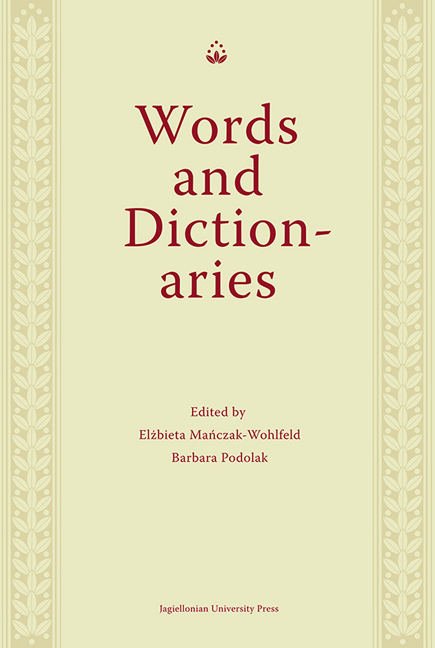 Words and Dictionaries
Words and Dictionaries Published online by Cambridge University Press: 18 January 2018
Diplomatic relations between the Kingdom of Sweden and the Ottoman
Empire came into being on a regular basis during Charles XII's forced, near five-year stay, in the Ottoman territory, following his defeat at Poltava in 1709. During that time, the Swedish king dreamt of retaliation on a common enemy, the Moscow tsar Peter I, and sought to persuade the Turks to enter into a military alliance and to undertake a joint struggle.
One of Charles XII's messengers to Ahmed III's court in Constantinople was Gustaf Celsing (1679–1743), who enhanced, previously occasional, diplomatic relations with the Ottoman Porte. Celsing was fascinated by Ottoman culture; he learned Turkish and began to collect books and works of art. His two sons, Gustaf Junior (1723–1789) and Ulric (1731–1805), with his encouragement and support, followed in the footsteps of their father. Both received a thorough education in the humanities including Oriental languages at the University of Uppsala. Later they were to master the Turkish-Ottoman language, in both speech and writing, at the Swedish legation in Constantinople.
Gustaf went to Constantinople in 1745 and stayed there, aside from occasional travels to Sweden, until 1775. After holding different diplomatic positions he was appointed in 1750 Swedish envoyé. During his stay in Constantinople, the Kingdom of Sweden, one of the former great powers in Europe, acquired an official residence in Pera. Gustaf continued to collect various art objects and engage artists to decorate with paintings both the legation and his future home in Sweden. He also amassed an impressive library, containing some six hundreds volumes on such subjects as Oriental languages, history and geography, as well as Oriental manuscripts. Gustaf's younger brother Ulric left for Constantinople in 1755. He had a similar career path to his older brother,and became his successor as the Swedish envoyé in 1770. Ulric shared his fatherand brother's interest in the study of Turkish folklore and language. He acquired several Turkish manuscripts of various content and added them to the collection of his older brother. Ulric Celsing's Turkish manuscripts were donated to the Uppsala University Library through his testamentary disposition.
Initially, the library and the collection of more than one hundred paintings and works of art was housed in Stockholm, at Gustav Adolf Square, and later moved to a wooden mansion in Biby, Södermanland, an estate bought by the brothers in 1781.
To save this book to your Kindle, first ensure [email protected] is added to your Approved Personal Document E-mail List under your Personal Document Settings on the Manage Your Content and Devices page of your Amazon account. Then enter the ‘name’ part of your Kindle email address below. Find out more about saving to your Kindle.
Note you can select to save to either the @free.kindle.com or @kindle.com variations. ‘@free.kindle.com’ emails are free but can only be saved to your device when it is connected to wi-fi. ‘@kindle.com’ emails can be delivered even when you are not connected to wi-fi, but note that service fees apply.
Find out more about the Kindle Personal Document Service.
To save content items to your account, please confirm that you agree to abide by our usage policies. If this is the first time you use this feature, you will be asked to authorise Cambridge Core to connect with your account. Find out more about saving content to Dropbox.
To save content items to your account, please confirm that you agree to abide by our usage policies. If this is the first time you use this feature, you will be asked to authorise Cambridge Core to connect with your account. Find out more about saving content to Google Drive.